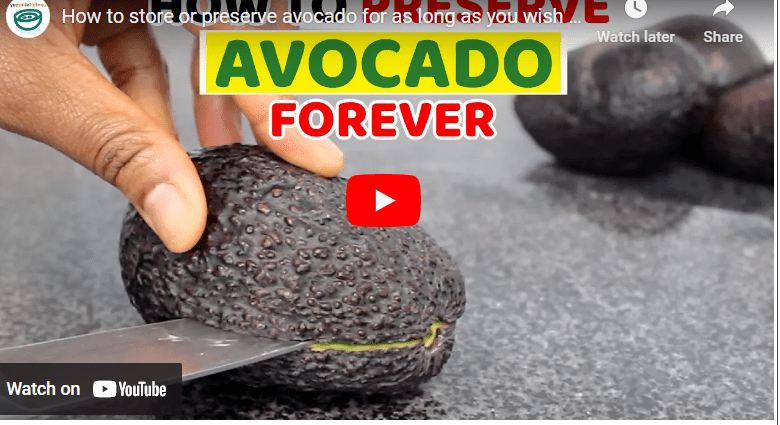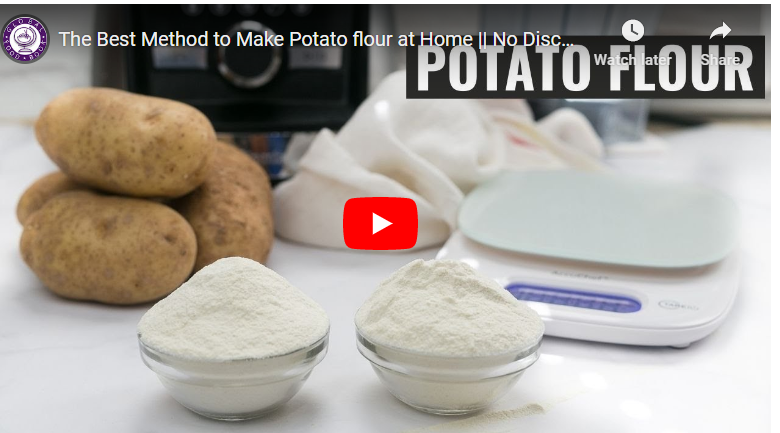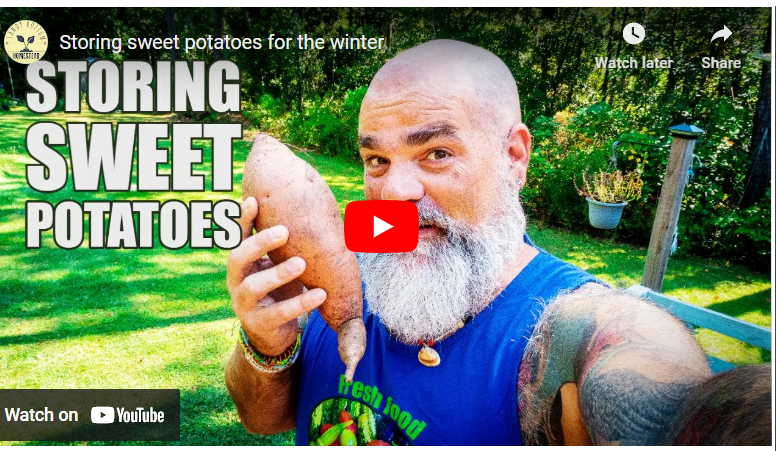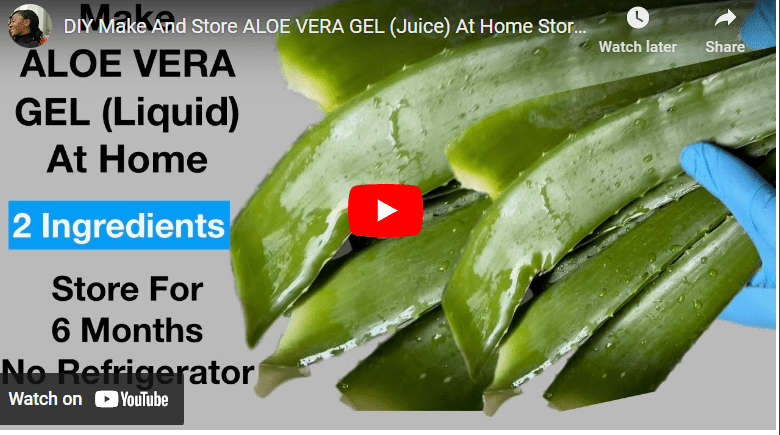If you are a vegetable lover, you know how important it is to have a fresh supply of carrots on hand. Carrots are versatile and nutritious, and they can be used in a variety of dishes, from salads to stews.
But keeping fresh carrots for a long time can be a challenge. Fortunately, there are several methods you can use to preserve fresh carrots for long-term storage.
If you want to preserve carrots for long-term storage, there are a few steps you can take to ensure they stay fresh. The first step is to pick the right carrots. Look for carrots that are firm and brightly colored. Once you have the carrots, you can blanch them or freeze them to preserve them.
Blanching involves boiling the carrots for two minutes, then cooling them in an ice bath for one minute. When freezing, slice the carrots into thin pieces and blanch them for two minutes. Then cool them in an ice bath for one minute before transferring them to an airtight container or bag and storing them in the freezer. Following these steps can help you preserve carrots for long-term storage
How To Preserve Carrot For Long Time Storage
Carrots are versatile vegetables that can be used in a variety of dishes and can be easily stored for long periods of time. However, it is important to follow the right preservation techniques to ensure that the carrots remain fresh and safe to eat.
We have outlined and discussed the necessary steps on how to preserve fresh carrots for long-term storage.
Read Also: How To Preserve Aloe Vera For Long-Time Storage
Section 1: Preparation
The first step to preserving fresh carrots for long-term storage is to select the right type of carrots. Look for fresh, firm, and unblemished carrots that are free of cracks and decay.
Carrots that are straight and uniform in size are ideal for long-term storage. Once you have selected your carrots, it is important to clean and prepare them properly.
To clean your carrots, start by rinsing them under cool running water. One can make use of a brush specifically designed for vegetables to remove any soil or other unwanted particles.
If your carrots have stems, cut them off about an inch from the top of the carrot. Do not remove the skin, as it helps to protect the carrot during storage.
Read Also: How To Preserve Apple for Long-Time Storage
Once your carrots are clean and prepared, you can move on to the preservation process.
Section 2: Storage Techniques
There are several different methods for storing fresh carrots, each with its own advantages and disadvantages. The most common methods include canning, freezing, and dehydrating. Here are detailed guidelines for each approach.
https://www.youtube.com/watch?v=2NfWv0G2r0Q
#1. Canning Method
Canning is a great way to preserve fresh carrots for long-term storage. To can your carrots, you will need a pressure canner and canning jars.
Read Also: How To Preserve Avocado For Long Time Storage
- Start by preparing your carrots as outlined in Section 1.
- Next, peel your carrots and cut them into small pieces or slices. Alternatively, you can leave them whole if you prefer.
- Fill your canning jars with the prepared carrots, leaving about an inch of headspace at the top.
- Add boiling water to the jars, making sure to cover the carrots completely.
- Wipe the rims of the jars clean with a damp cloth, then place the lids on top and screw on the bands.
- The manufacturer’s instructions for using a pressure canner should be followed when processing the jars.
- Once the canning process is complete, remove the jars from the canner and allow them to cool completely before storing in a cool, dry place.
Read Also: How To Preserve Beans For Long Time Storage
#2. Freezing Method
Freezing is another great way to preserve fresh carrots for long-term storage. To freeze your carrots, you will need airtight freezer bags or containers.
- Start by preparing your carrots as outlined in Section 1.
- Next, blanch your carrots by boiling them in water for 2-3 minutes.
- Remove the carrots from the boiling water and immediately transfer them to a bowl of ice water to stop the cooking process.
- Once the carrots are cool, drain them and pat them dry with a paper towel.
- Place the prepared carrots into airtight freezer bags or containers, removing as much air as possible before sealing.
- Label the bags or containers with the date and store them in the freezer for up to 8-12 months.
#3. Dehydrating Method
Dehydrating is a great way to preserve fresh carrots for long-term storage, as it removes the moisture from the carrots and prevents spoilage. To dehydrate your carrots, you will need a food dehydrator.
Read Also: How To Preserve Cabbage For Long Storage
- Start by preparing your carrots as outlined in Section 1.
- Next, peel your carrots and cut them into small pieces or slices If you have a preference, you can choose to keep them intact instead.
- Arrange the prepared carrots on the dehydrating trays, making sure to leave some space between each piece.
- Set the dehydrator to 125°F and let the carrots dry for 8-10 hours, or until they are completely dry and brittle.
- Once the carrots are dry, remove them from the dehydrator and allow them to cool completely.
- Place the dried carrots into airtight containers or resealable bags, removing as much air as possible before sealing.
- Label the containers or bags with the date and store them in a cool, dry place for up to 6-12 months.
Tips for Successful Preservation
To ensure the quality and safety of your preserved carrots, it is important to follow some key tips and avoid common mistakes.
Read Also: How to Preserve Cocoa for Long Time Storage
- Always use fresh, high-quality carrots for preservation.
- Clean and prepare your carrots properly before preservation to ensure they are free of dirt and debris.
- Follow the recommended preservation methods and processing times for each technique to ensure that the carrots are safe to eat.
- Label your preserved carrots with the date and storage method to keep track of how long they have been stored.
- Store your preserved carrots in a cool, dry place away from direct sunlight to prevent spoilage.
- Avoid overfilling your jars or containers, as this can lead to improper sealing and spoilage.
- Check your preserved carrots periodically for signs of spoilage or freezer burn.
Advantages of Preserving Fresh Carrots for Long Time Storage:
- Ensures a steady supply of fresh carrots year-round
- Can save money by buying in bulk and preserving excess produce
- Provides access to fresh, healthy produce even during off-seasons
- Convenient for meal planning and cooking
- Reduces food waste and promotes sustainability
Disadvantages of Preserving Fresh Carrots for Long Time Storage:
- Can be time-consuming and labor-intensive
- Requires proper equipment and storage space
- May affect the taste, texture, and nutritional value of the carrots
- Improper preservation can lead to spoilage or foodborne illness
Read Also: How To Preserve Coconut For Long-Time Storage
Factors that affect Preserving Fresh Carrots for Long Time Storage:
- Temperature and humidity levels during storage
- Quality and freshness of the carrots before preservation
- Choice of preservation method and technique
- Proper preparation and processing times
- Adequate packaging and storage containers
Best practices for Preserving Fresh Carrots for Long Time Storage:
- Use fresh, high-quality carrots for preservation
- Clean and prepare the carrots properly before preservation
- Choose the appropriate preservation method for your needs
- Follow the recommended processing times and guidelines for each method
- Label and store your preserved carrots properly in a cool, dry place
- Check your preserved carrots periodically for signs of spoilage or freezer burn
- Be aware of any food safety concerns and take necessary precautions to prevent contamination.
How To Store Carrots Without Refrigeration
If you don’t have access to a refrigerator or prefer not to use it, there are still ways to store fresh carrots for several weeks. First, remove the tops of the carrots to prevent moisture loss and spoilage.
Read Also: How To Preserve Cucumber For Longer Storage
Then, wrap the carrots in a damp cloth or paper towel to keep them from drying out. Finally, store the wrapped carrots in a cool, dry place such as a pantry, root cellar, or unheated basement. Check on the carrots periodically and discard any that show signs of decay.
How To Store Carrots In Fridge
If you have access to a refrigerator, storing fresh carrots is easy and convenient. First, remove the tops of the carrots to prevent moisture loss and spoilage.
Then, place the carrots in a plastic bag or airtight container and store them in the vegetable drawer of the fridge.
Read Also: How To Preserve Flowers
If you have a crisper drawer, use it to regulate the humidity levels around the carrots. Carrots stored in the fridge can last up to several weeks, but be sure to check them periodically for signs of spoilage.
How To Store Cut Carrots
If you have cut or peeled carrots that you need to store, there are several options. First, wrap the cut carrots in a damp cloth or paper towel to keep them from drying out.
Then, store them in an airtight container or resealable plastic bag in the fridge. Another option is to store the cut carrots in water, which can help keep them fresh and crisp.
Simply place the cut carrots in a jar or container filled with cold water, cover with a lid, and store in the fridge. Change the water every few days to keep it fresh.
How To Store Carrots In Water
Storing carrots in water can help keep them fresh and crisp, but it’s important to do it properly to prevent spoilage.
First, clean and peel the carrots as needed. Then, cut them into desired sizes and place them in a jar or container filled with cold water. Cover with a lid and store in the fridge.
Change the water every few days to prevent bacteria growth and maintain freshness.
How To Store Carrots From The Garden
If you have a garden and want to store your carrots for future use, it’s important to harvest them at the right time and handle them properly.
Carrots should be harvested when they are fully mature and have reached their desired size. To store garden carrots, remove the tops and clean off any dirt or debris.
Then, let the carrots dry completely in a warm, dry place for a few hours. Next, pack the carrots in layers of damp sand, sawdust, or vermiculite in a wooden box or plastic container.
Store the container in a cool, dry place such as a root cellar or unheated basement. Check on the carrots periodically and remove any that show signs of spoilage. Stored properly, garden carrots can last for several months.
Conclusion
Preserving fresh carrots for long-term storage in Ghana is easy and cost-effective. By following the proper preparation and preservation techniques outlined in this article, you can enjoy a steady supply of fresh carrots year-round.
Whether you choose to can, freeze, or dehydrate your carrots, be sure to follow the recommended guidelines and store them properly to ensure their quality and safety. With a little bit of effort, you can enjoy the benefits of fresh carrots without having to worry about them spoiling before you can use them.



